I believe that power pop, in its many forms, is experiencing its fourth golden era right now in the 2020s.
Modern artists like The Whiffs, The Beths, 2nd Grade, Mo Troper, Lisa Mychols, Couple, Nick Frater, Radio Days, Uni Boys, Bad Nerves, Supercrush, Extra Arms, Kurt Baker, Paint Fumes, The Speedways, and many more have embraced the genre (some more reluctantly than others) and are pushing it in exciting new directions.
But what about the three golden eras that preceded it? Well, like most things having to do with power pop, it’s all up for debate—but here’s how I think about it.
Power pop’s first golden era was in the early-/mid-‘70s with a handful of artists that helped define the genre including Big Star, Raspberries, Badfinger and Todd Rundgren. Those bands stood squarely on the shoulders of ‘60s giants like The Beatles, The Beach Boys, The Byrds, The Kinks and The Who.
The late ‘70s/early ‘80s was the second golden era, that glorious moment when power pop, pub rock, punk, post-punk and new wave briefly swirled around each other in a poptastic primordial stew. I’m thinking of acts like The Scruffs, The Nerves, Cheap Trick, Nick Lowe, The Sports, The Records, The Spongetones, Bram Tchaikovsky, Shoes, 20/20, The Go-Go’s, Buzzcocks, The Shivvers, and The Knack, among others.
In my mind, that makes the late ‘80s and early ‘90s power pop’s third golden era.
This was when ‘80s punk/post-punk and college rock burst into the ‘90s mainstream as alternative rock, grunge, pop punk and Brit pop (often blurring the line with power pop). Although each of those sub-genres had their own characteristics, they collectively reintroduced hooky, guitar-driven pop rock to the charts and masses.
Artists at the vanguard of power pop’s third golden era included The Posies, Redd Kross, Teenage Fanclub, Matthew Sweet and Material Issue. They set the stage for Sloan, Fountains of Wayne, Baby Lemonade, The Greenberry Woods, The Shazam, Silver Sun, Rooney and many more throughout the ‘90s, into the 2000s, and beyond.
By 1993, power pop had real momentum. (It’s no coincidence that this was also the year that Big Star first reunited.) It was a transformative moment when the genre grew to encompass everything from the psychedelic prog pop of Jellyfish to the hooky pop punk of The Muffs, and many hybridized variations in between.
Trying to list all of the power pop/power pop-adjacent albums from ‘93 would be impossible, so I’m sticking to eight examples that I believe demonstrate how the genre thrived, evolved and expanded back then.
In thinking about all of this, I realized that the eras I’m most drawn to are the ones where the power pop genre climbed out of its own walled garden to embrace new and different influences. That might blur the lines of genre distinction, but it’s also how we get successive generations of great guitar pop—whatever you choose to call it.
But I’m no purist. Rock Animals by Shonen Knife and Modern Life Is Rubbish by Blur probably would have been numbers 9 and 10 on my list from 1993…
If you have suggestions to add, please join the conversation in the comments. ⚡️💥
1. Thirteen by Teenage Fanclub
Released by Creation/DGC on October 4, 1993
“Thirteen is the last time they played dumb; they would never sound so young or reckless again.” —Pitchfork
“Thirteen is first and foremost a showcase for the peerless pop genius of Norman Blake—the should-have-been hits ‘Norman 3’ and ‘Ret Liv Dead’ boast a crunchy, lumbering sound heavily indebted to Neil Young's records with Crazy Horse, while the soaring "Commercial Alternative" evokes vintage Byrds, a reference point further driven home by the epic closer ‘Gene Clark.’" —AllMusic
2. The Muffs by The Muffs
Released by Warner Bros. on May 11, 1993
“The punky, downstroked guitars of Shattuck and Melanie Vammen and the crash-and-bash rhythms of bassist Ronnie Barnett and drummer Criss Crass were the perfect vehicle for Shattuck's songs, but it's the irresistible melodic hooks of ‘Eye to Eye,’ ‘Lucky Guy,’ ‘From Your Girl,’ and ‘Every Single Thing’ that elevated The Muffs from good pop-centric punk (or punk-centric pop) to something that truly stood out.” —AllMusic
“The Muffs took the sound of the Ramones and added their own twist on it, and the result was a mass of catchy songs, frequently containing acerbic lyrics aimed at a variety of targets.” —PunkNews.org
3. Frosting on the Beater by The Posies
Released by DGC on April 27, 1993
“There is almost something of a missionary bent to Frosting on the Beater, an effort to spread the values of classic pop songwriting to the Alternative Nation hordes of the time by disguising brilliant melodies in scuzzy distortion and ripped jean shorts.” —PopMatters
“With the kind of fuzzy, overcharged guitars that were becoming standard by the early 90s, these songs are full of the vim and vinegar of their juxtaposed romantic hopelessness and the giddy rush of the music.” —Aquarium Drunkard
4. Spilt Milk by Jellyfish
Released by Charisma on February 9, 1993
“It’s a thoroughly multi-layered, Queen-like opus, almost a series of dreams; ‘Joining a Fan Club’ has a multitude of vocal parts, ‘Sebrina, Paste and Plato’ is a three-minute mini rock opera and ‘The Ghost at Number One’ (a hit single in the US), a catchy and melodic attack of vocal prowess.” —PopMatters
“Echoes of Queen The Beach Boys abound on Spilt Milk (sometimes on the same tune, even), but the grandiose pop vision of Andy Sturmer and Roger Manning is always something to behold.” —Shake Some Action: The Ultimate Power Pop Guide
5. Powerbill by The Semantics
Recorded for Geffen Records in 1993 (unreleased until 1996 by Alfa International)
“35 minutes of some of the most perfect power pop of the '90s.” —AllMusic
“Powerbill features the ample singing, songwriting and performing talents of Will Owsley and Millard Powers, along with Zak ‘Son of Ringo’ Starky on drums.” —Shake Some Action: The Ultimate Power Pop Guide
6. Animals With Human Intelligence by Enuff Z’Nuff
Released by Arista on March 9, 1993
“On Enuff Z’Nuff's third record, these Chi-town pretty boys turn out gnarly, gooey power pop that makes girls go crazy and boys yell ‘Dude!’" —Entertainment Weekly
“(A) strong, if erratic, effort, featuring such awesome examples of post-Cheap Trick melodic rock like ‘Right by Your Side’ and ‘One Step Closer to You’…” —AllMusic
7. Plants and Birds and Rocks and Things by The Loud Family
Released by Alias Records in 1993
"If Plants and Birds and Rocks and Things is about anything, it's about how complex pop can get and still have that crazy beat." —Alternative Press
"The Loud Family are equal parts late-'60s era Beatles and present day Smashing Pumpkins." —Flipside
8. Sight and Sound by Chris Von Sneidern
Released by Heyday Records in 1993
“Von Sneidern imbues the album with unparalleled pop vision and sheer melodic genius.” —Trouser Press
“The first solo album by ex-Flying Color singer/songwriter Chris von Sneidern is a terrific slice of '90s power pop, roots-and-ruefulness division.” —AllMusic


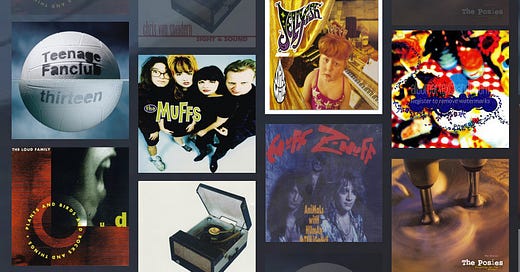



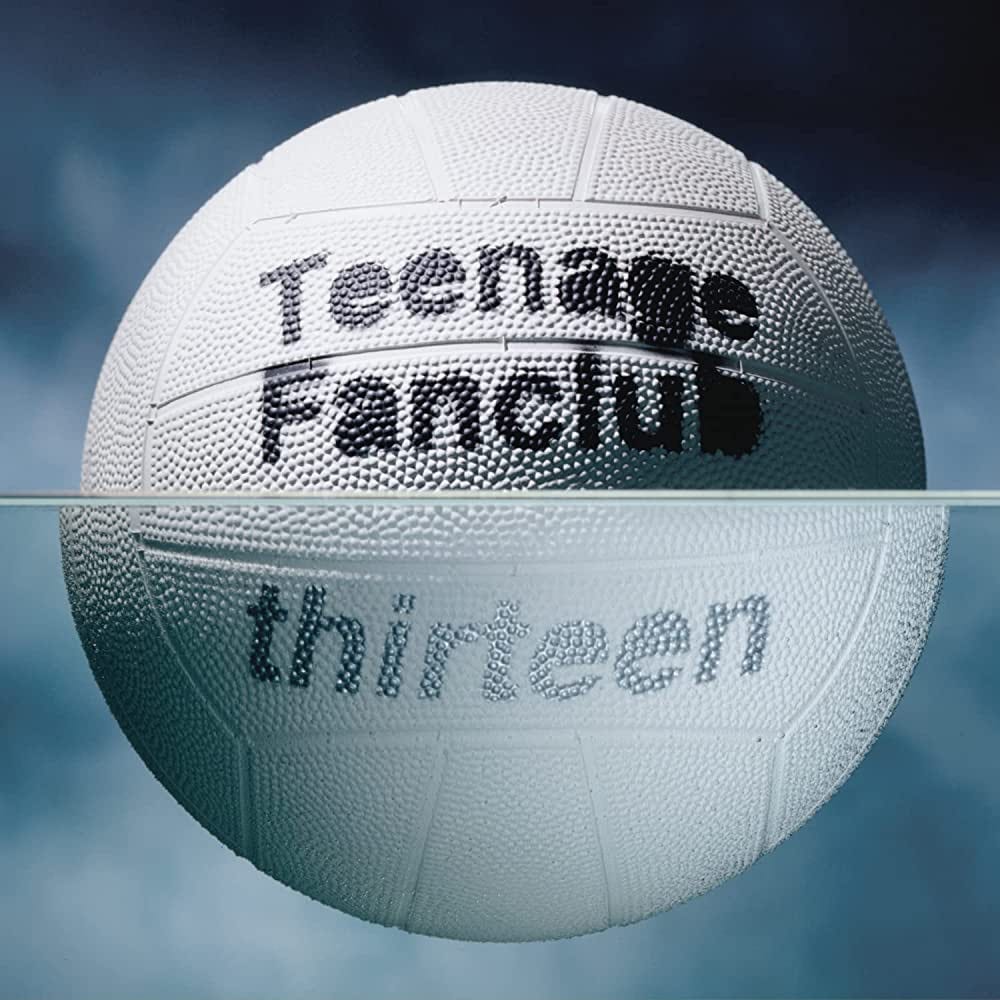
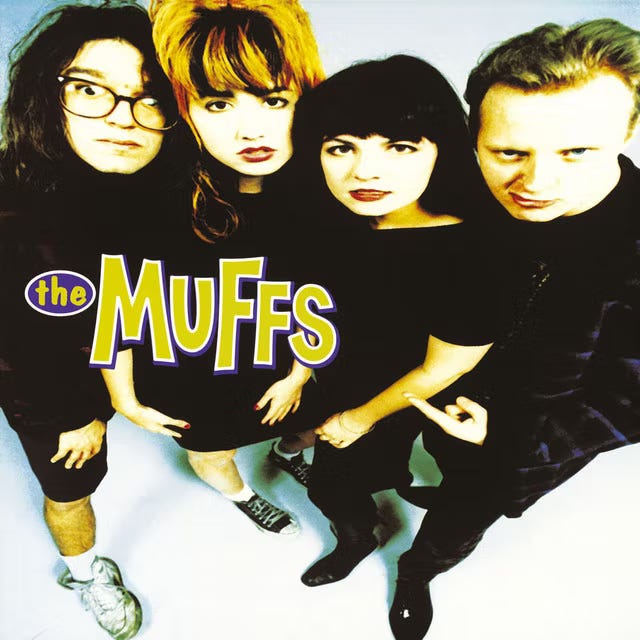
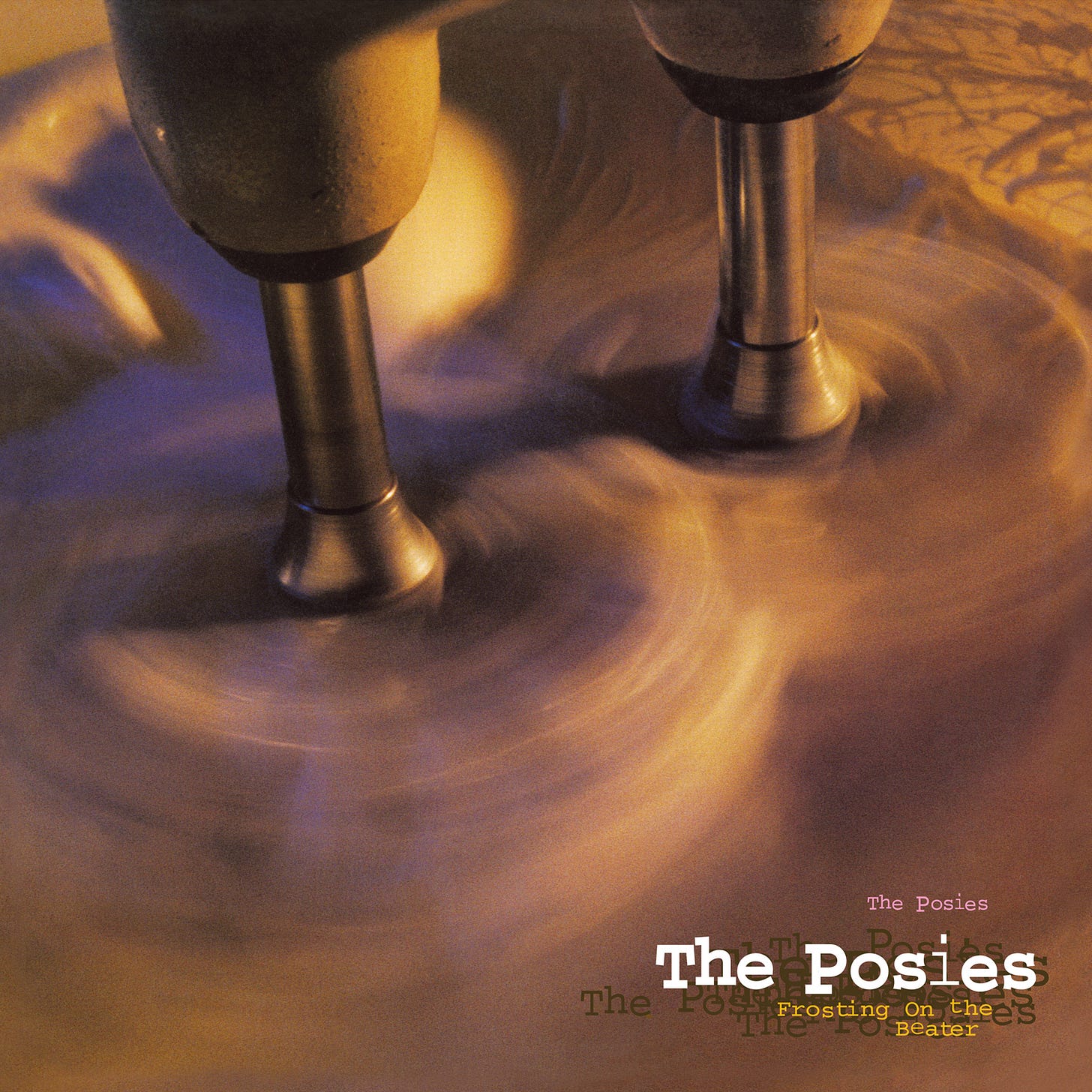

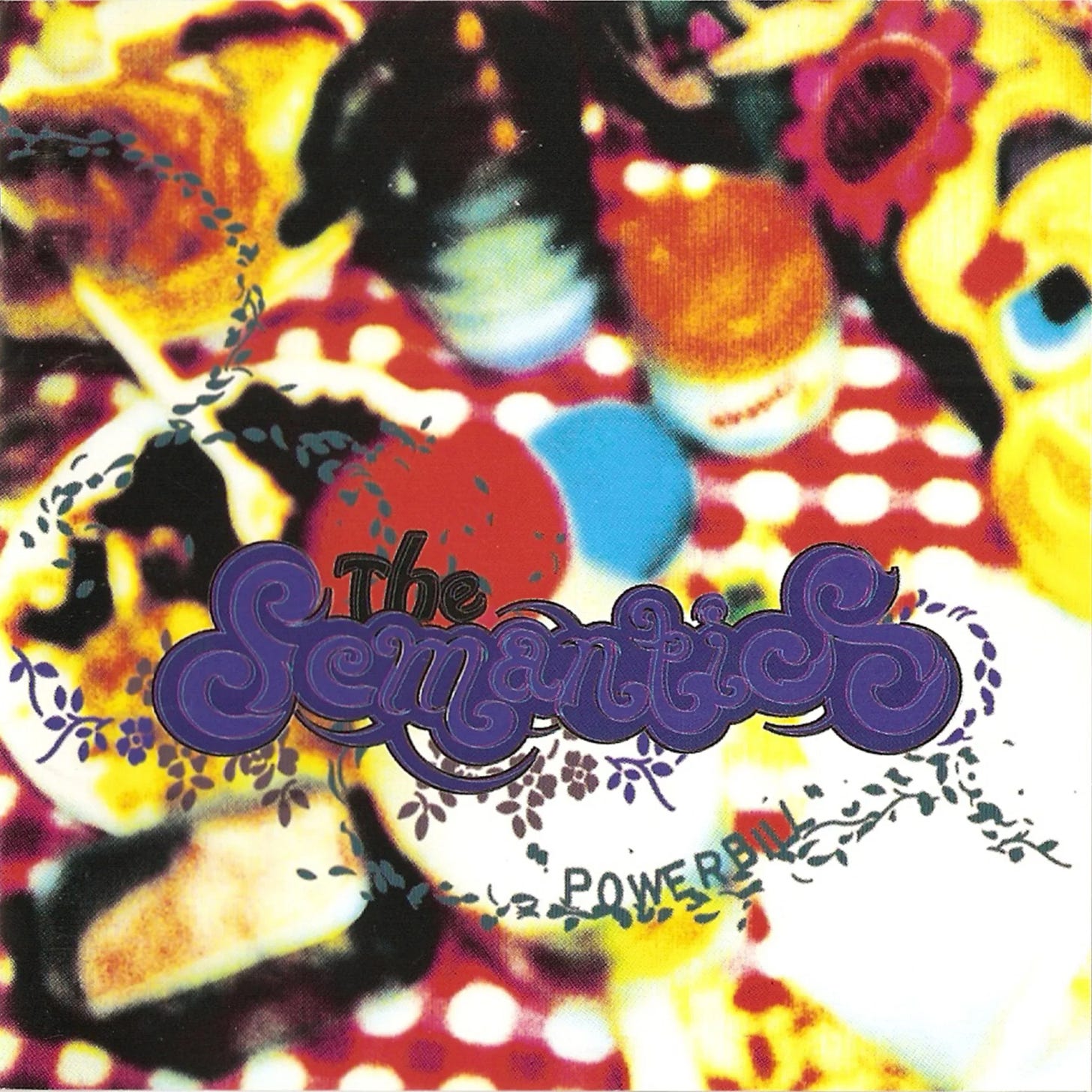
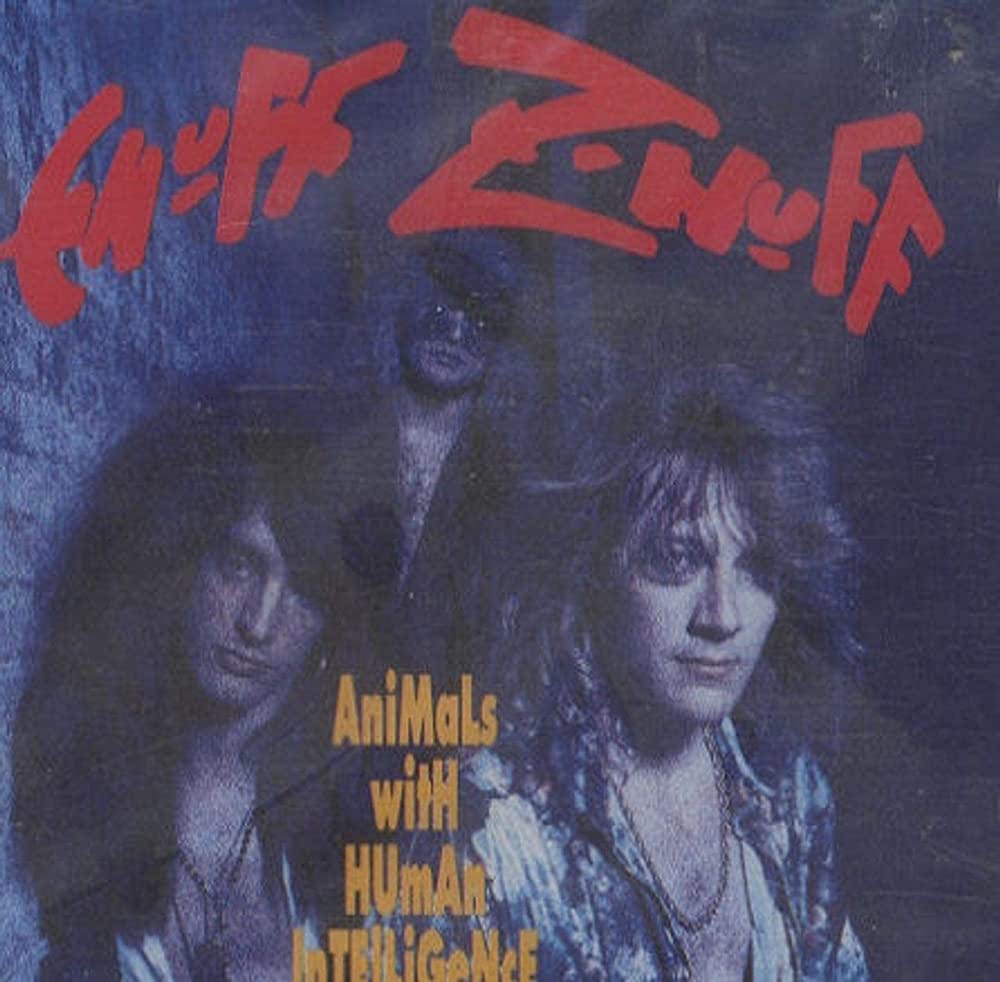
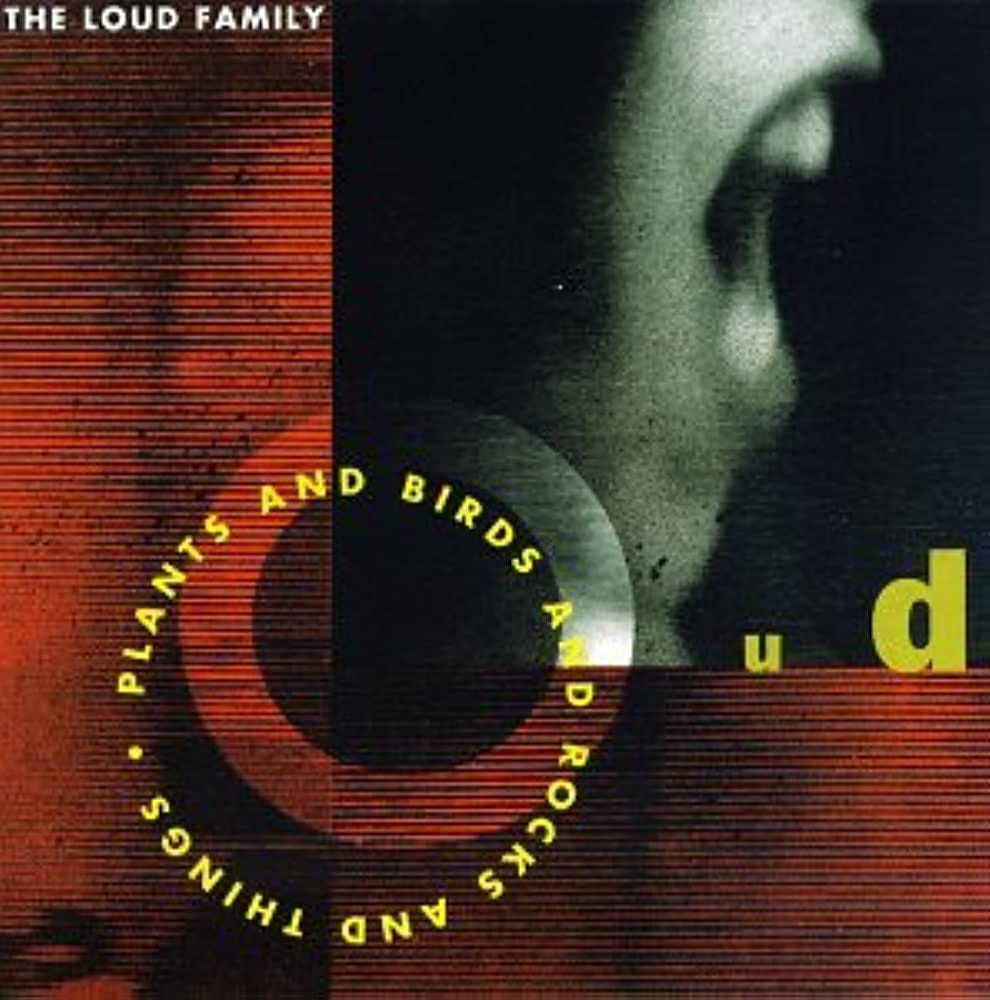
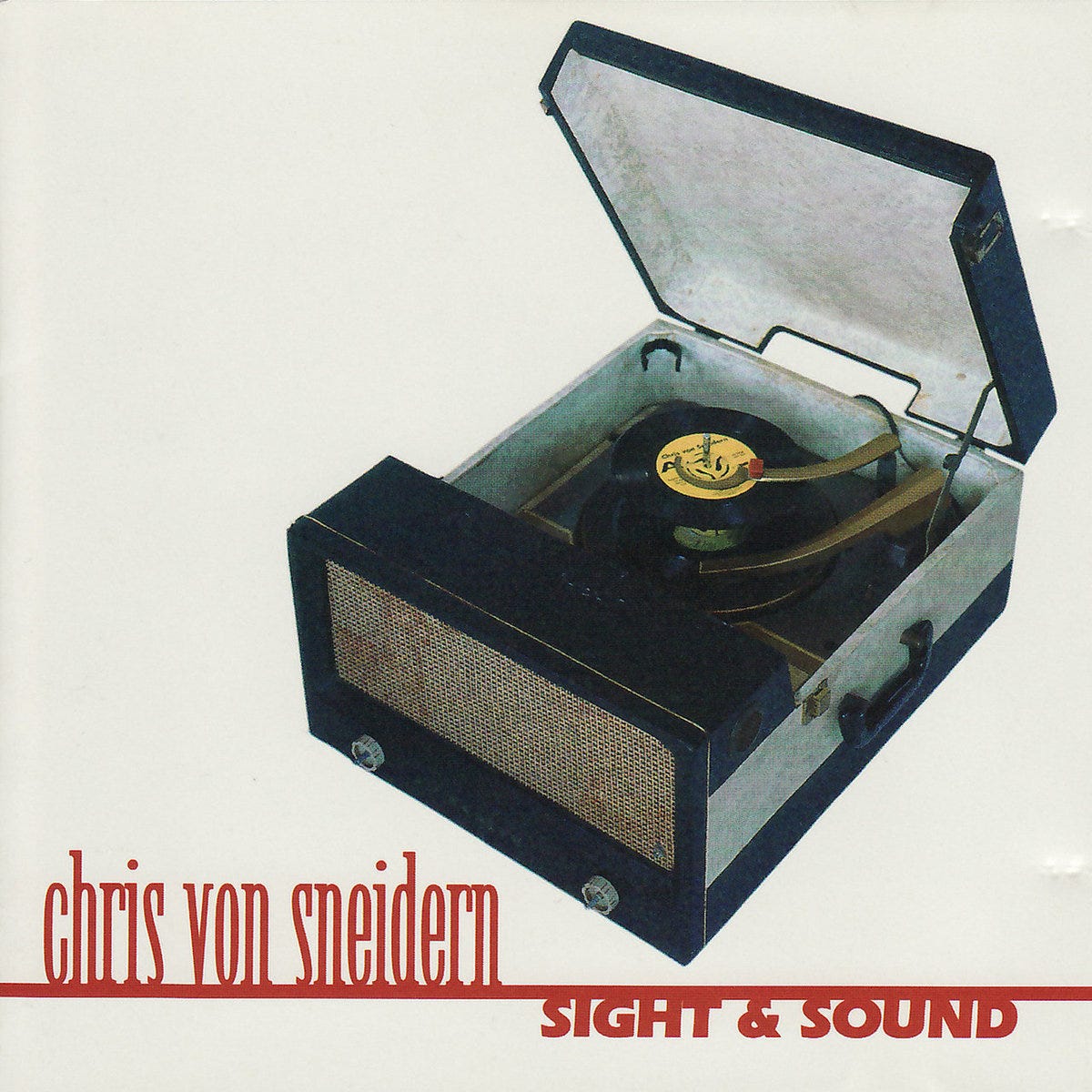

I'd add Buffalo Tom's "Big Red Letter Day," "Ring" by the Connells (pretty sure that's from '93), and maybe The Goo Goo Dolls "Superstar Car Wash."
Was not expecting to see Enuff Z'Nuff in that list, so now I'm compelled to go listen to that album. I had always had them in the hair metal genre but many of the best hair metal songs were really power pop dressed up with aqua net and cheesy guitar solos. I likely couldn't get past the band name is why I also didn't take them seriously.